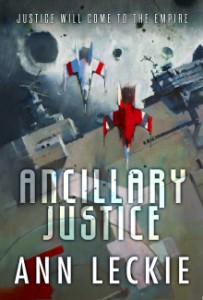
Palwick is one of my favorite science fiction writers. She can wring your heart dry or make you laugh, and I always emerge from one of her stories still wrapped in it, thinking about it for hours, sometimes days afterwards, unfolding some of the thoughts arising in answer to the questions and observations she presents.
Jo Walton talks eloquently about Shelter in a column for Tor.com, which I read earlier this year in the collection What Makes This Book So Great (also highly recommended). Walton also calls out the point of view:
The book opens with the third narrator, House, an AI convinced it isn’t an AI. AIs are illegal in the US because they’re defined as legally persons, and therefore owning them is slavery. There’s also the AI terrorism problem… The House’s point of view is done beautifully. It feels entirely real, entirely immersive, and you can really believe the way it reasons its way through decisions. The book begins in the “present” of the story, during a very severe storm (global warming has got worse) and goes back to the earlier events that led to the world and the relationships we’re given at the beginning. Palwick directs our sympathies as a conductor directs a symphony. The twenty years of history and events we’re shown, from different points of view, build up a picture of a future that has clearly grown from our present. Every detail has second-order implications””you have bots doing the cleaning, so you have people afraid of bots, and people who think doing your own cleaning is a religious act, and you have sponge bots trying to stem a flood as a metaphor for people unable to cope.
In my Writing Fantasy & Science Fiction Stories class, we often look at the first paragraphs of works to see how much gets set up in it. Palwick’s constructs a world that clicks neatly in place as each sentence unfolds:
That same morning, Kevin Lindgren’s house warned him not to go outside. The house knew the sky was dangerous. Everyone knew. Kevin didn’t even need a house with a brain to tell him: all the newscasts said so, and special bulletins during the soap operas and talk shows, and, most especially, the sky itself, gray and howling, spitting sheets of rain and barrages of hailstones. Kevin himself knew that the sky was dangerous. Not fifteen minutes before he left the house, he’d watched a gust of wind pick up the patio table on his back deck and blow it down Filbert Street. Filbert wasn’t really a street at all, here; it was actually ten flights of steps leading steeply down Telegraph Hill to Levi Plaza and the waterfront. The patio table was teak, and quite heavy, but even so, the wind sent it a long way down the steps, until finally it came to rest in a neighbor’s garden. It could just as easily have gone through the neighbor’s roof or window.
Palwick is a writer I watch for. With her books it’s not so much a question of whether I’ll buy them as when. She’s also written one of my favorite replies to Daniel Keyes’ Flowers for Algernon in the title story from her collection The Fate of Mice. Anything by Palwick is good, but Shelter shows how marvelous SF can be in the hands of a master.
#sfwapro






